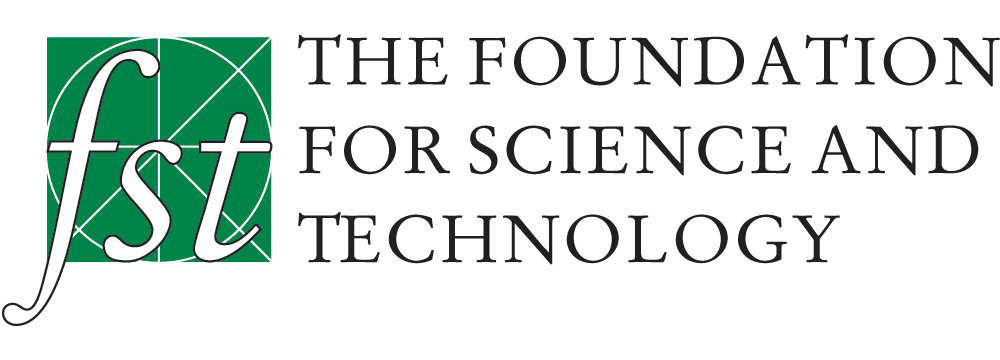PAGE NOT FOUND
Unfortunately we could not locate the page you are looking for. Most likely this is due to the new design of our website.
Please use the navigation menu or the search function to find what you are looking for. If you have followed a saved bookmark be sure to update it once you locate the right page.

